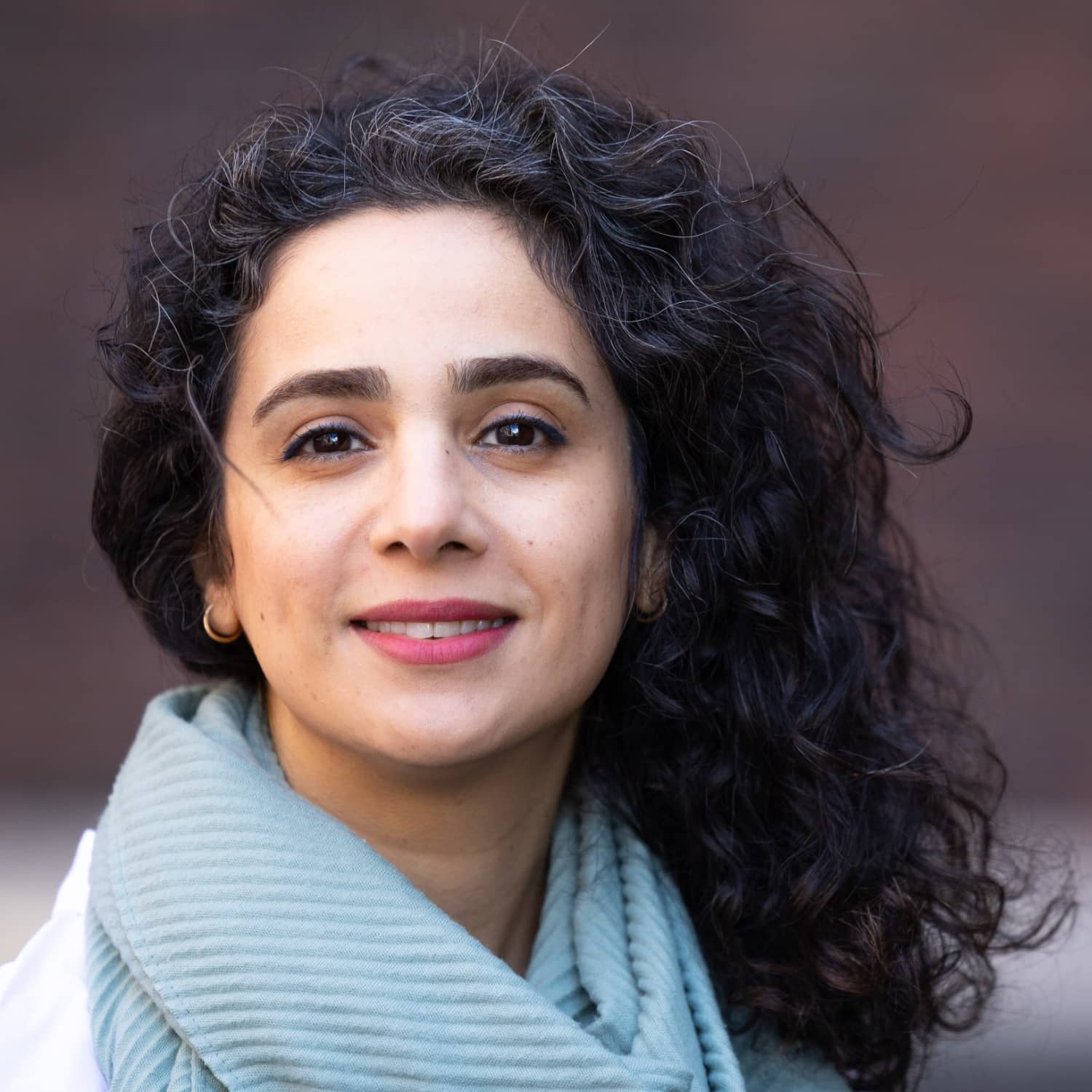OUR POSITION ON EDUCATION FOR CIRCULARITY
Blended Learning
As is described in our position paper, “coming up with the proper pedagogy for circularity is a challenge that will continue to require attention in the future: both for finding new models of delivery and exchange that can engulf the qualities needed for learning in a complex and uncertain world, but also for finding ways of evaluating learners’ experiences and allowing for their feedback to inform these models. In a world in which we don’t have exhaustive answers, pedagogy should turn to support students to ask the relevant questions while remembering to listen to their answers.”
Blended learning, as it is often argued, increases student engagement and the opportunities for feedback and therefore more dialectical learning processes. In this video, Atefeh Aghaee, our Faculty’s advisor on blended learning analyses the different types of blended learning and how they can enhance on campus education and student agency.
Main Takeaways
- Blended learning combines traditional the face-to-face classroom experience with new, innovative technology where instructor and learners are working together in mixed delivery modes.
- Blended learning is as much about pedagogy as it is about technology: it can enhance learners’ agency significantly.
- There are at least three types of blends: the enhancing, the enabling and the transformative. The first simply enables online access, the second increases the number of resources, while the third blend requires a complete restructuring of a course and the radical reconsideration of technology.
Further Reading
- BlendKit Course: BlendKit Reader: Chapter 1, Understanding Blended learning 3rd edition, Linda Futch, Baiyun Chen (Eds.), Retrieved from: https://blended.online.ucf.edu/blendkit-course-blendkit-reader-chapter-1/
- Bonk, C., & Graham, C. (2005). Handbook of blended learning: Global perspectives, local designs. San Francisco, CA: Pfeiffer Publishing.
- Carman, J.M. (2002). Blended Learning Design: Five Key Ingredients. In Agilant Learning, retrieved from: http://blended2010.pbworks.com/f/Carman.pdf
- Garrison, R., & Vaughan, N. D. (2008). Blended learning in higher education: Framework, principles, and guidelines. San Francisco: Jossey-Bass.
- Masdeu, M., Fuses, J. (2017). Reconceptualizing the Design Studio in Architectural Education: Distance Learning and Blended Learning as Transformation Factors. In ArchNet iJAR: International Journal of Architectural Research, Vol 11, issue 2, pp. 06-23. Retrieved from: http://www.archnetijar.net/index.php/IJAR/article/view/1156/pdf
- McGee, P., & Reis, A. (2012). Blended course design: A synthesis of best practices. In Journal of Asynchhronous Learning Networks, 16(4), 7–22. https://files.eric.ed.gov/fulltext/EJ982678.pdf
- Vaughan, N.D., Cleveland-Innes, M., Garrison, D.R. (2013). Teaching in Blended learning Environment: Creating and Sustaining Communities of Inquiry. Edmonton CA: Athabasca University AU Press. Retrieved from: https://ia801606.us.archive.org/7/items/TeachingInBlendedLearningEnvironments/Teaching_in_Blended_Learning_Environments.pdf
